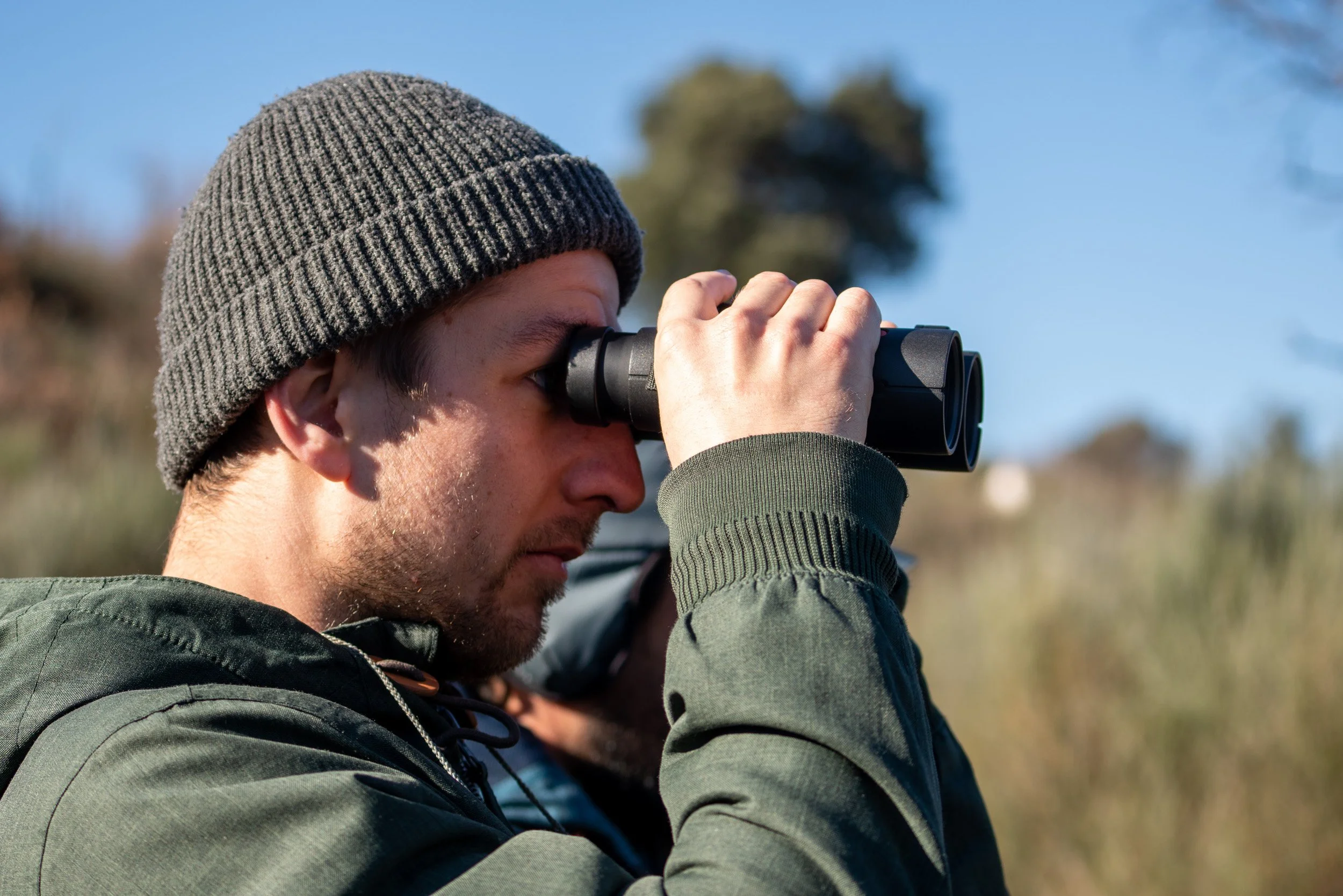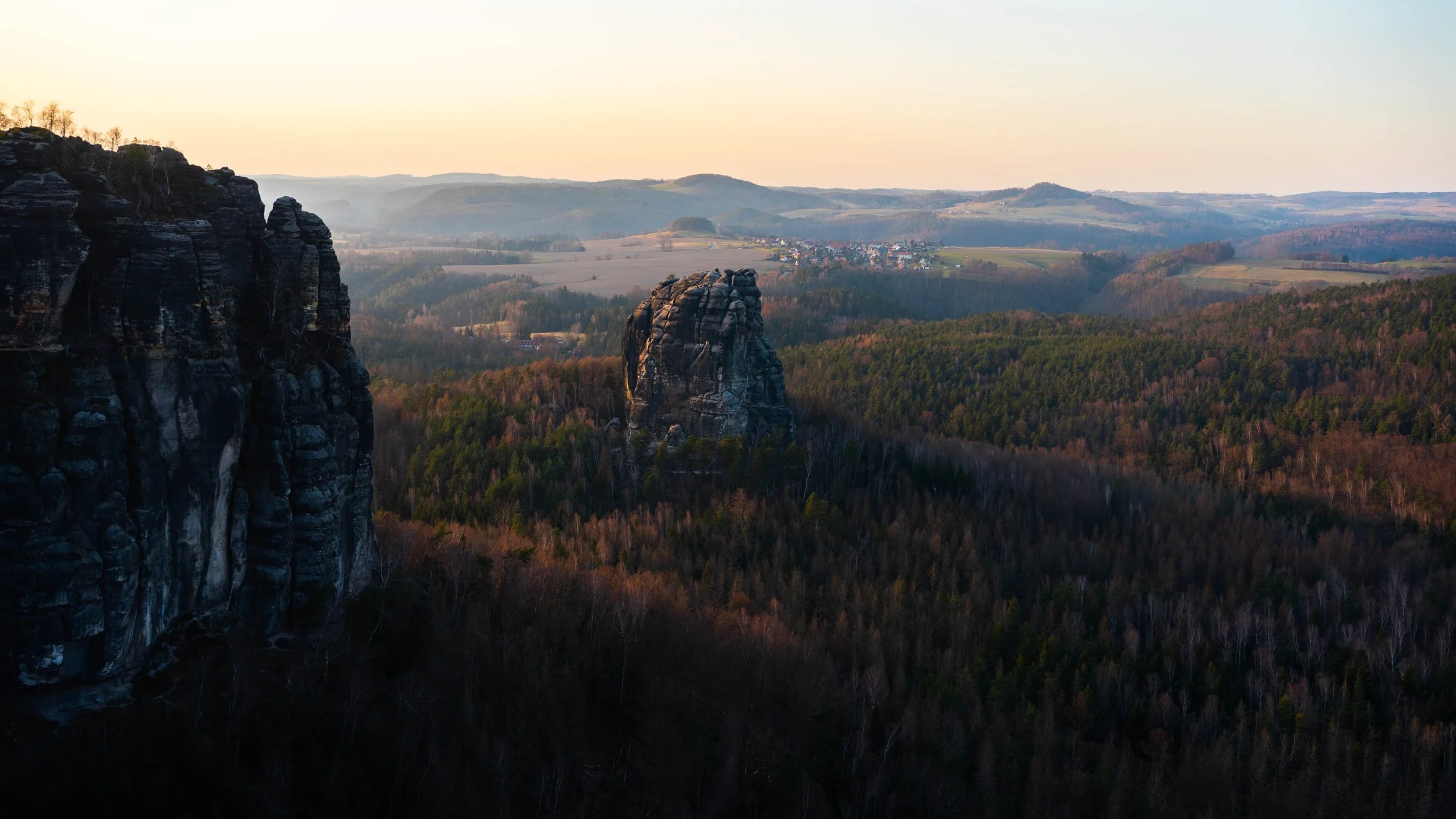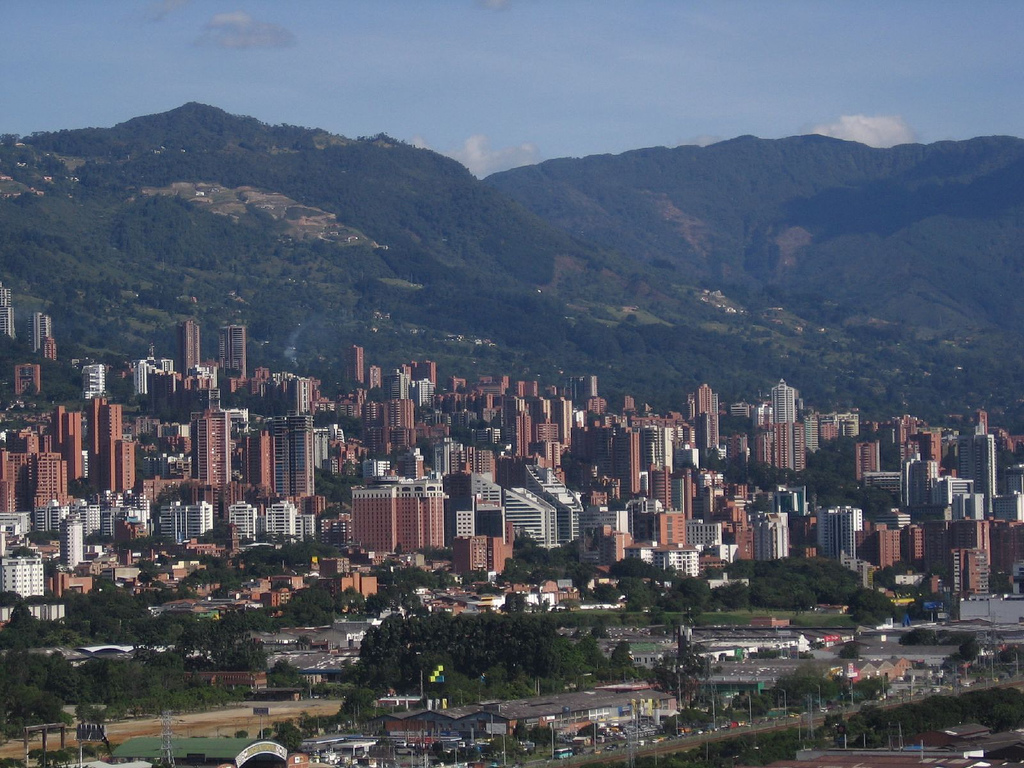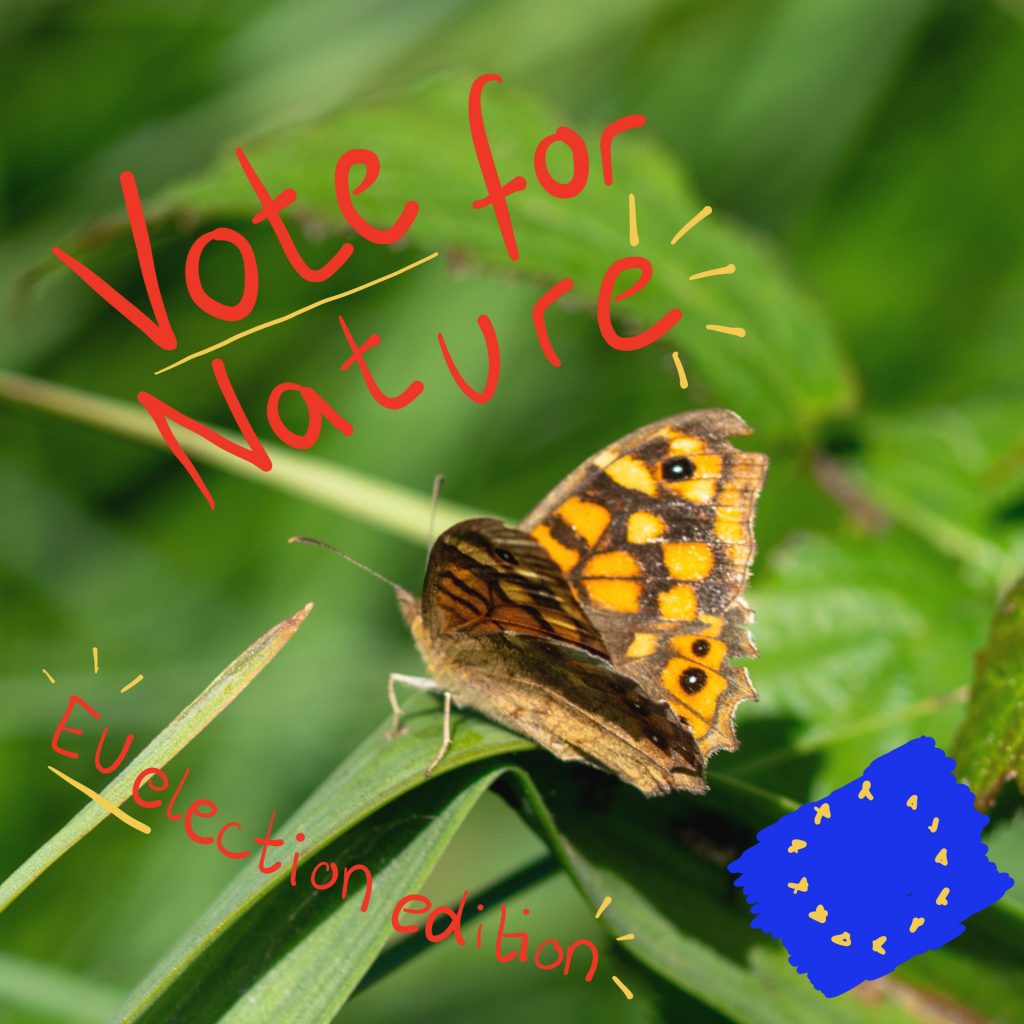As you may have already read in our last blog post, the conservational approach we use is rewilding. If you wanna find out more about the definition of it, you may just head back to our previous blog entry on what rewilding is. If you already know all about it: Here’s what makes rewilding such a unique and nice way to create wilderness! To align and facilitate rewilding efforts, practitioners all over Europe have decided on ten core principles that also we at Sylvester aim to follow. All principles are equally important and are at the core of our efforts.

1. Providing hope and purpose
Rewilding does not only tell the story of a more sustainable and vital future, but also encourages us to take action and collaborate today. The rewilding narrative aims to be inspiring and empowering to take action and not to freeze in shock of the current climate developments and news.

2. Offering natural solutions
Rewilding recognizes that ecosystems are dynamic and constantly changing. It should anticipate the effects of climate change and where to possibly act as a tool to mitigate impacts. Rewilding is adapting to changes and dependant on constant monitoring and feedback. This might also mean to abandon techniques that have worked well in previous projects or adjusting them to a current change of circumstances. Providing and enhancing nature-based solutions helps to incorporate these points into rewilding and it can help to mitigate environmental, social, economic and climatological challenges.

3. Thinking (and acting) creatively
Rewilding means acting in ways that are innovative, and entrepreneurial, with the confidence to learn from failure. This means to think outside the box, observe well the given conditions and to be bold and try out new solutions.

4. Complementary conservations
Rewilding complements more established methods of nature conservation. As innovative and creative rewilding should be it should also always take into account established conservation methods and support their efforts in the best way possible. In addition to conserving the most intact remaining habitats and key biodiversity areas, we need to scale up the recovery of nature by restoring lost interactions and restoring habitat connectivity. Rewilding focuses on the recovery of ecological processes, interactions, and conditions based on reference ecosystems.

5. Letting nature lead
This means that there is no human-defined optimal point or end state. Nature knows best where it can thrive and rewilding lets restored natural processes shape our landscapes and seascapes in a dynamic way.

6. Working at nature’s scale
This means to allow ecosystems to take the space they need to grow and build resilience. To provide for that, rewilding employs landscape-scale planning that considers core areas, connectivity, and co-existence. It also includes recognizing the intrinsic value of all species and ecosystems and to utilize wildlife to restore trophic interactions.

7. Acting in context
Rewilding requires local engagement and support. It requires a paradigm shift in the coexistence of humans and nature. By embracing the role of people, their cultural and economic connections to the land rewilding tries to find ways to work and live within healthy, natural vibrant ecosystems and reconnect with wild nature. We collect the knowledge of the environmental and cultural history of a place. Oftentimes local people know the land and its tradition best. Rewilding especially focuses on bringing the views of local communities into rewilding practices.

8. Building nature-based economies
By enhancing wildlife and ecosystems, rewilding provides new economic opportunities through generating livelihoods and income linked to nature’s vitality. For example eco-tourism or wild fruit harvesting offer a new income perspective for the local community that takes into account nature’s needs.

9. Long-term focus
To ensure sustained positive effects on biodiversity and resilient ecosystems for future generations, rewilding efforts aim and work on a long-term perspective.The goal is to create eco systems that can thrive self-sustaining for generations to come.

10. Working together
Building coalitions and providing support based on respect, trust and shared values. Connecting people of all backgrounds to co-create innovative ways of rewilding and deliver the best outcomes for communities and wild nature. Exchanging knowledge and expertise to continually refine rewilding best practice and achieve the best possible rewilding results. Using the best-available evidence, gathering and sharing data, and having the confidence to learn from failure will lead to success.






